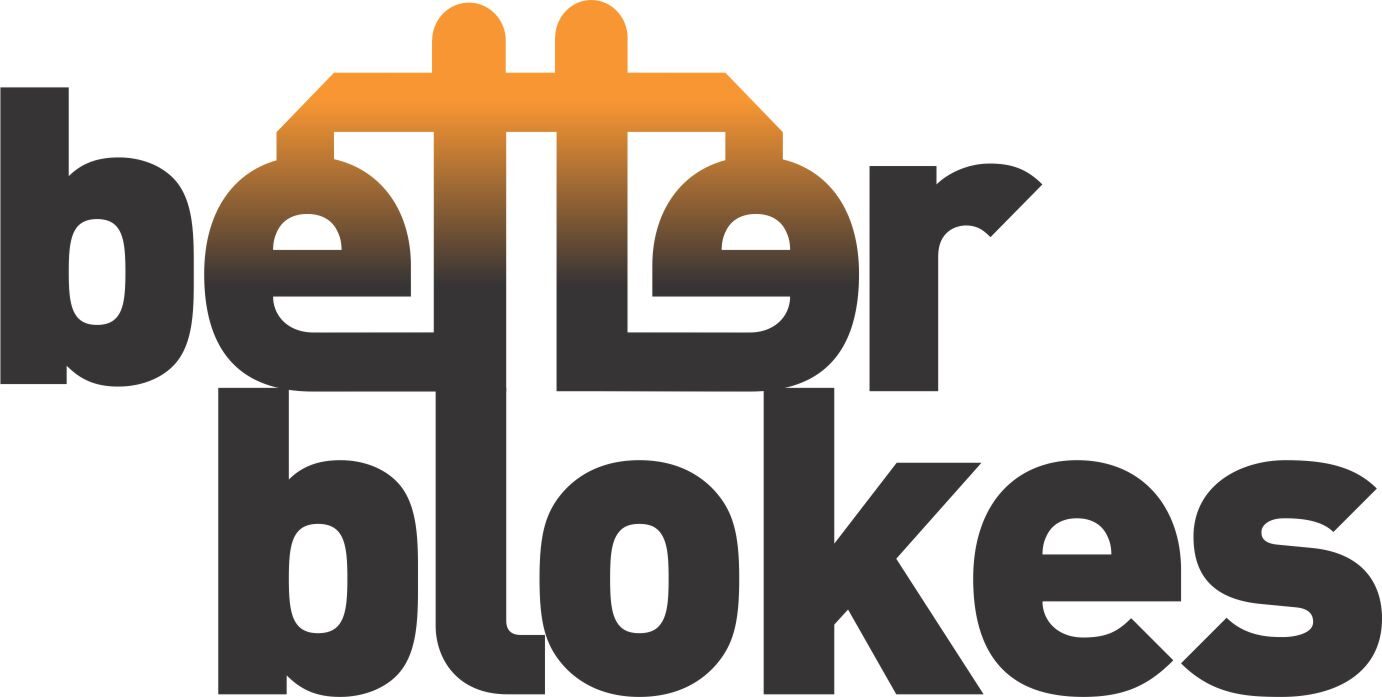Whereas AA teaches that alcoholism is a progressive disease that follows an inevitable trajectory, data from a federally funded survey called the National Epidemiological Survey on Alcohol and Related Conditions show that nearly one-fifth of those who have had alcohol dependence go on to drink at low-risk levels with no symptoms of abuse. And a recent survey of nearly 140,000 adults by the Centers for Disease Control and Prevention found that nine out of 10 heavy drinkers are not dependent on alcohol and, with the help of a medical professional’s brief intervention, can change unhealthy habits.
We once thought about drinking problems in binary terms—you either had control or you didn’t; you were an alcoholic or you weren’t—but experts now describe a spectrum. An estimated 18 million Americans suffer from alcohol-use disorder, as the DSM-5, the latest edition of the American Psychiatric Association’s diagnostic manual, calls it. (The new term replaces the older alcohol abuse and the much more dated alcoholism, which has been out of favor with researchers for decades.) Only about 15 percent of those with alcohol-use disorder are at the severe end of the spectrum. The rest fall somewhere in the mild-to-moderate range, but they have been largely ignored by researchers and clinicians. Both groups—the hard-core abusers and the more moderate overdrinkers—need more-individualized treatment options.
2015-07-26
